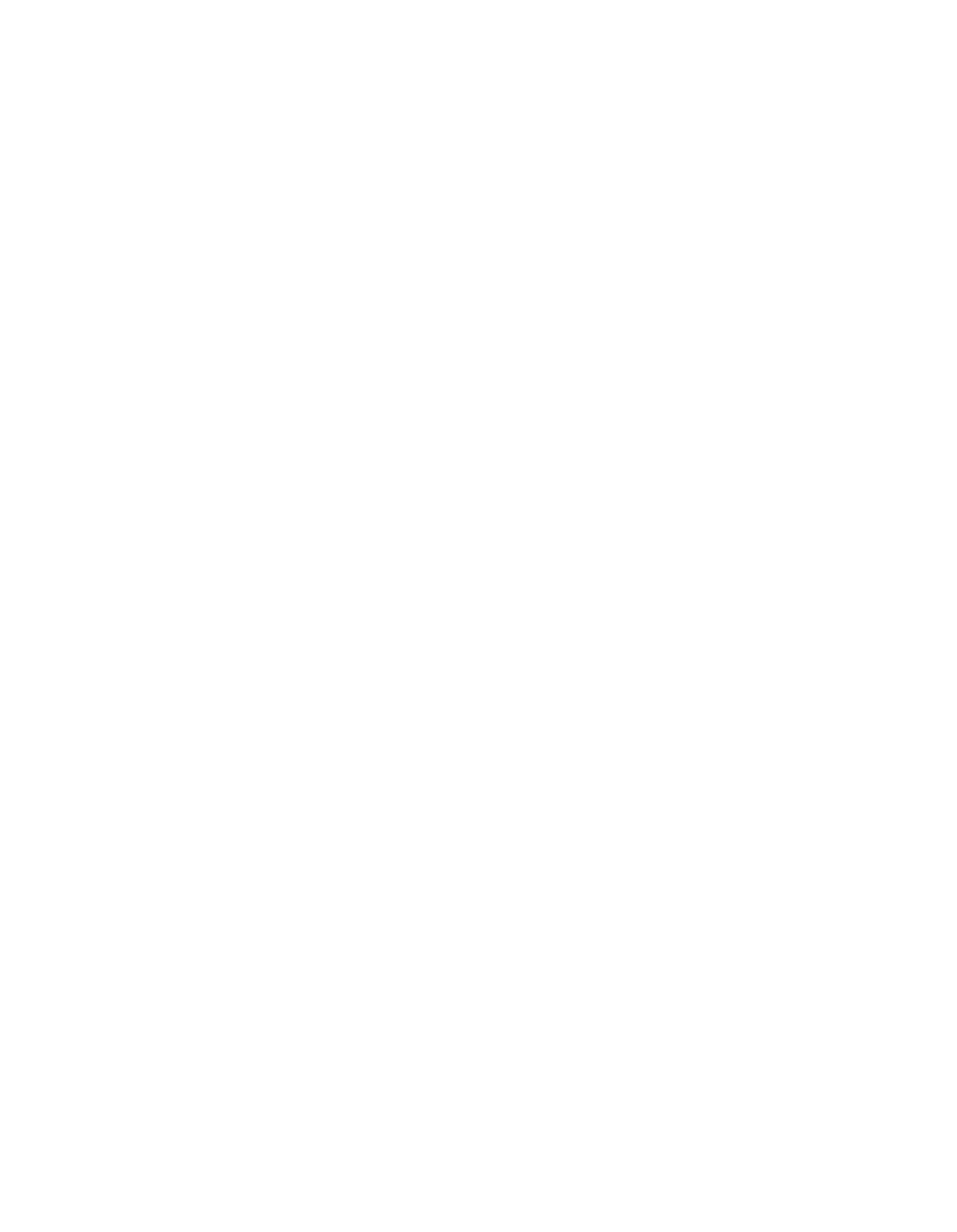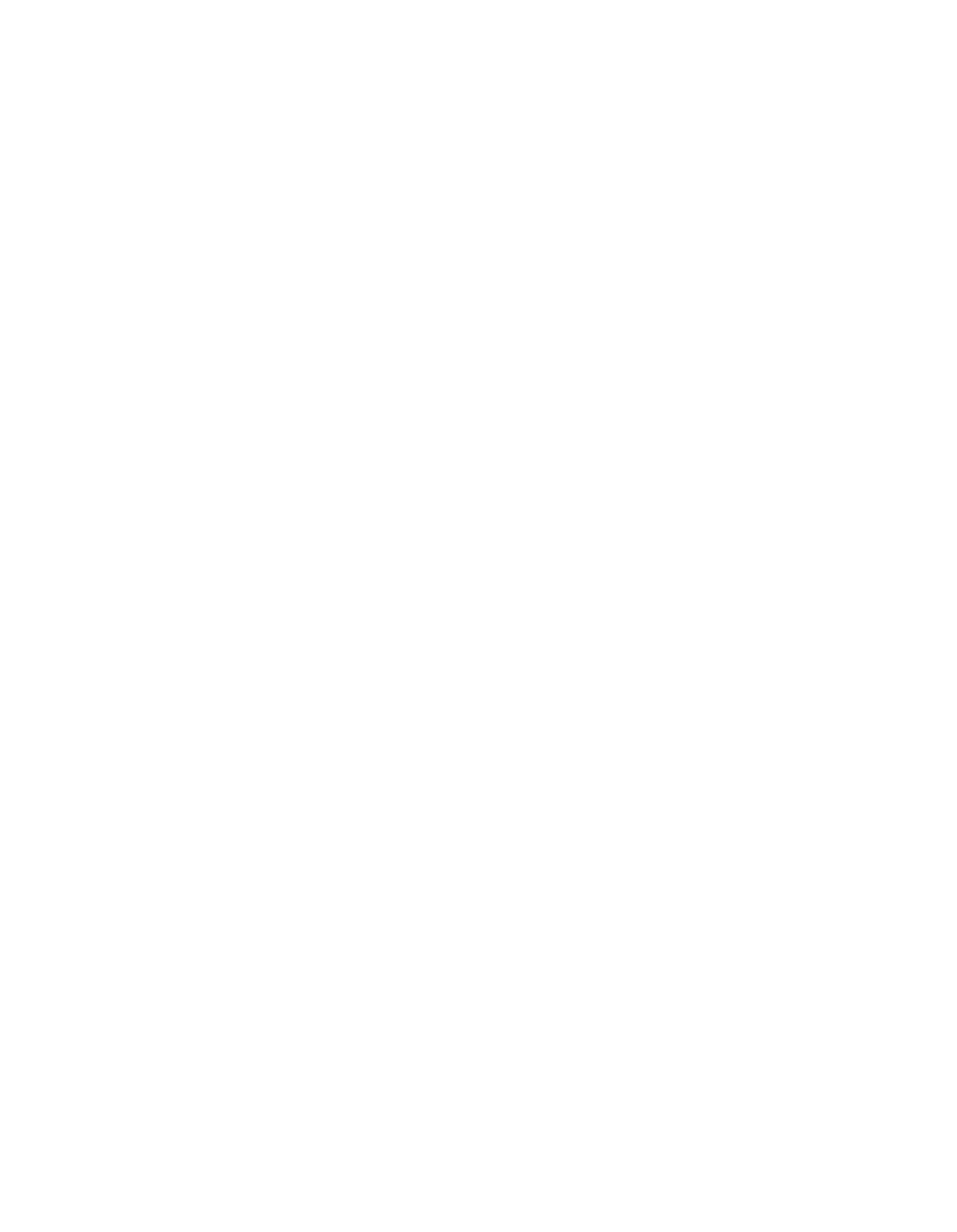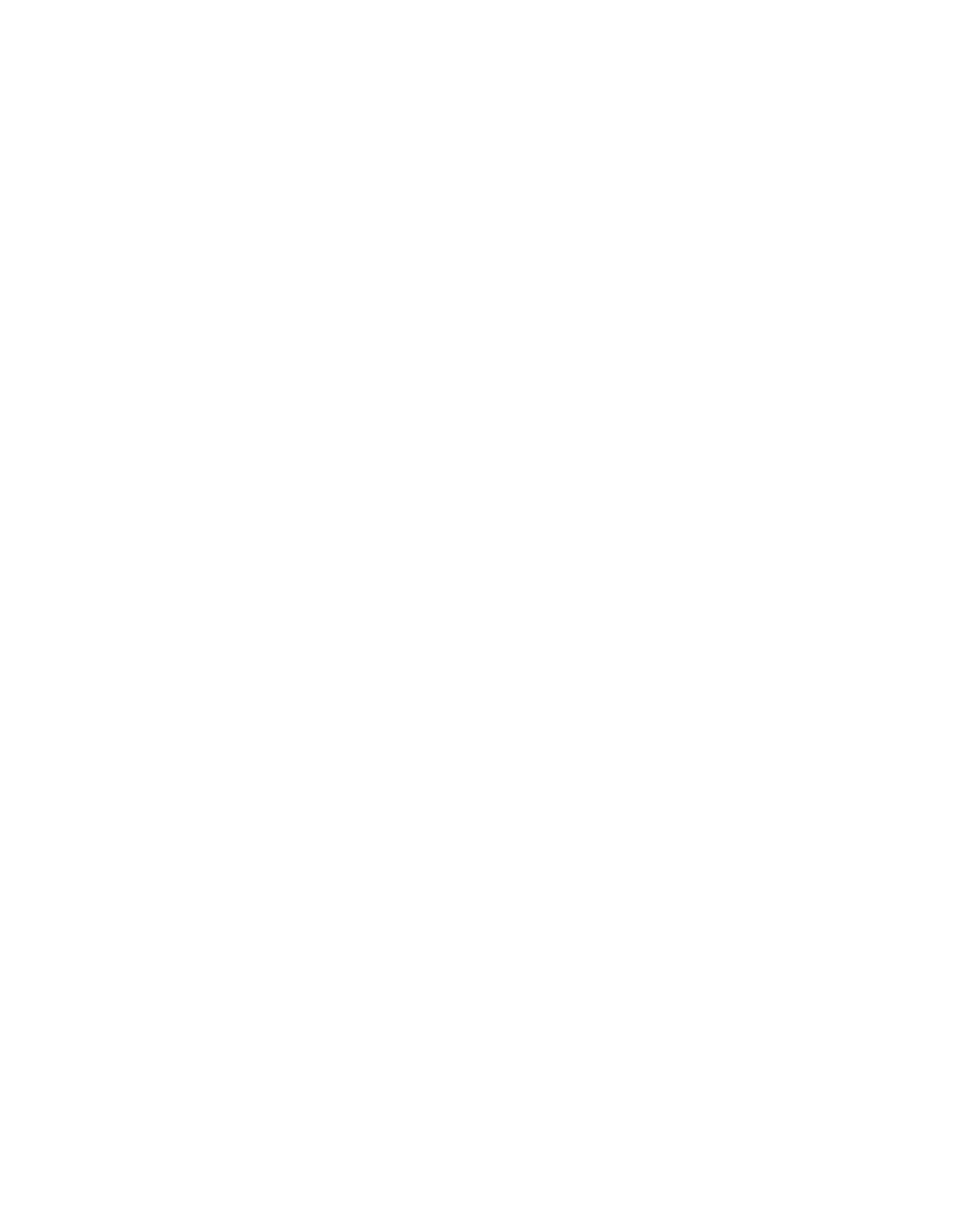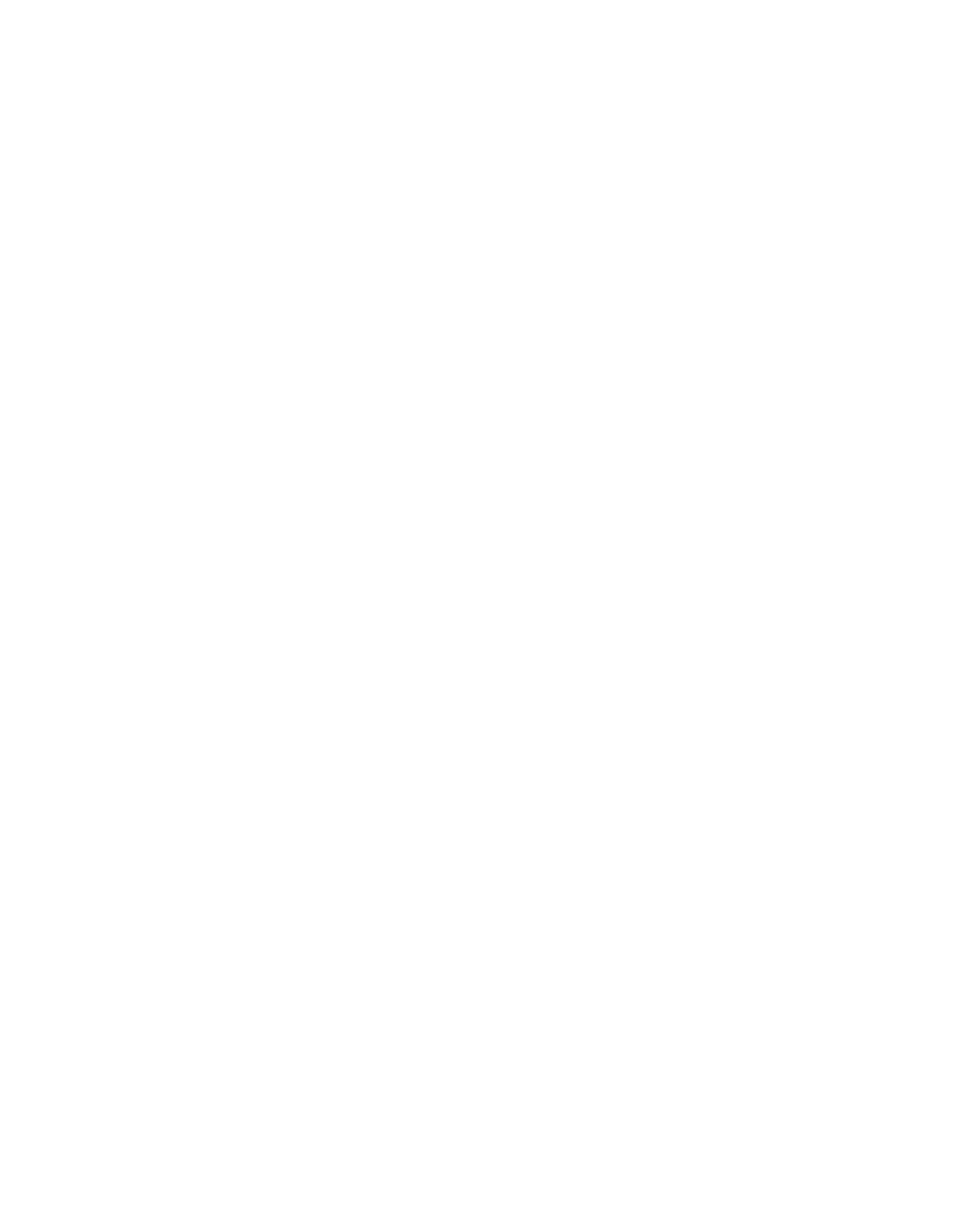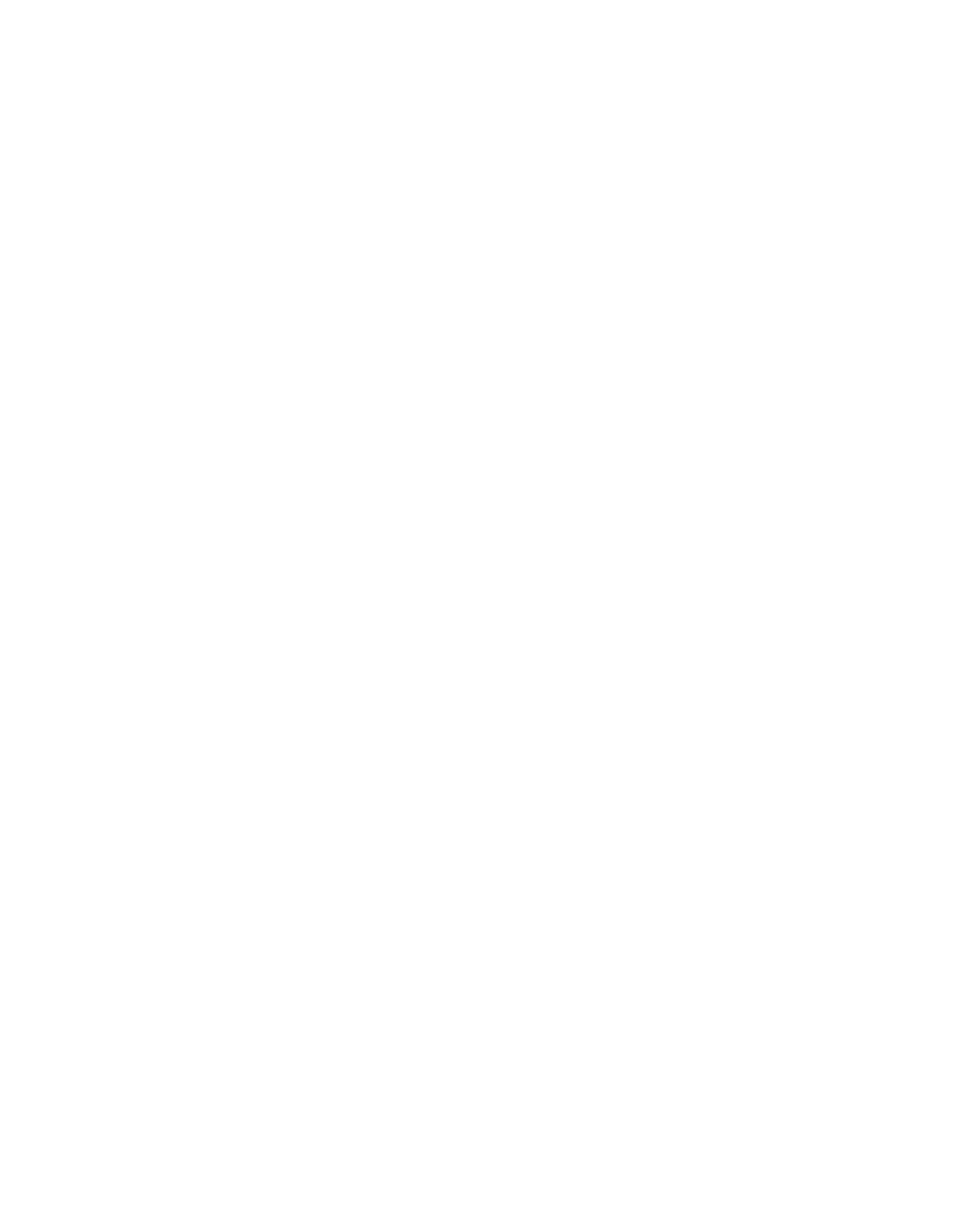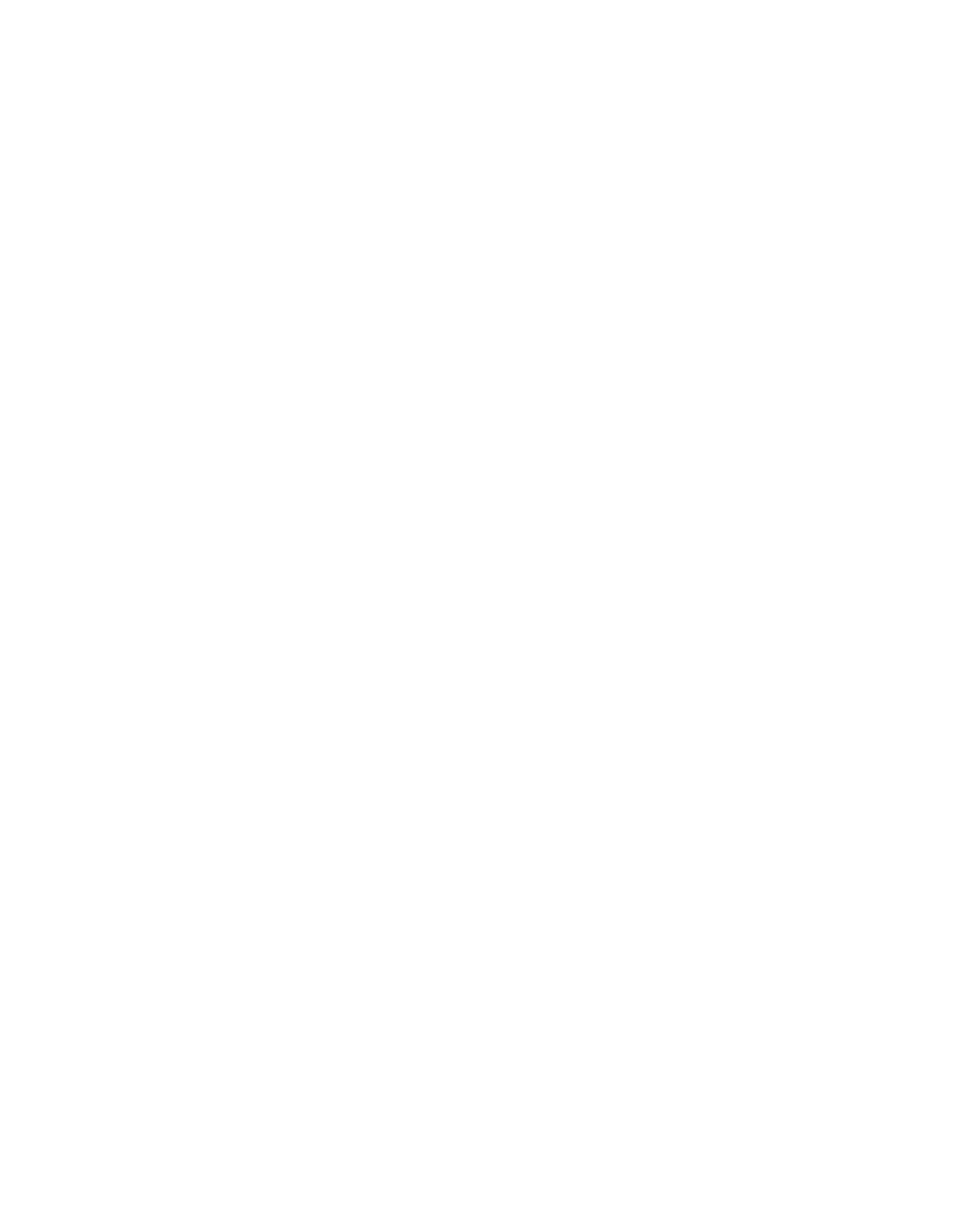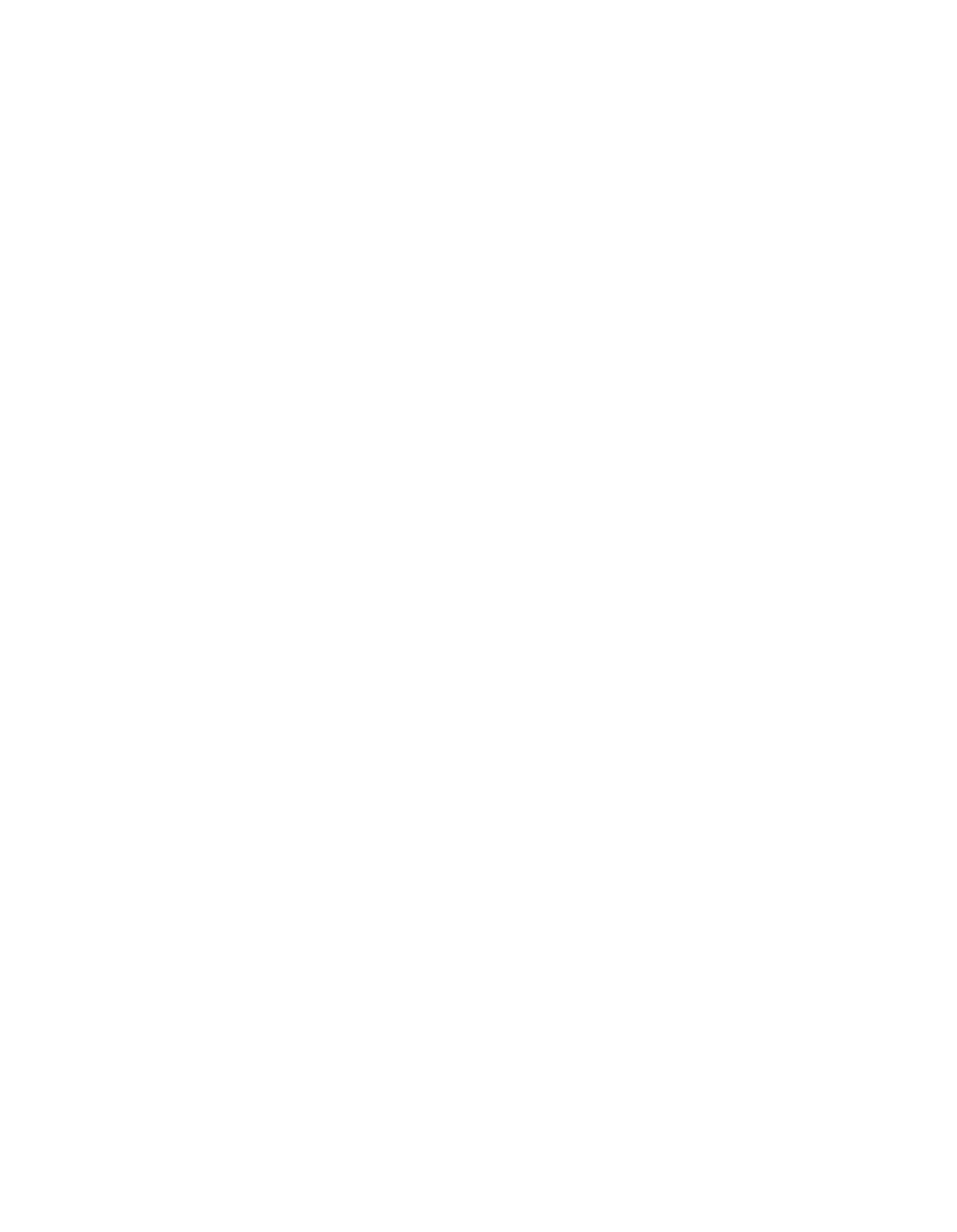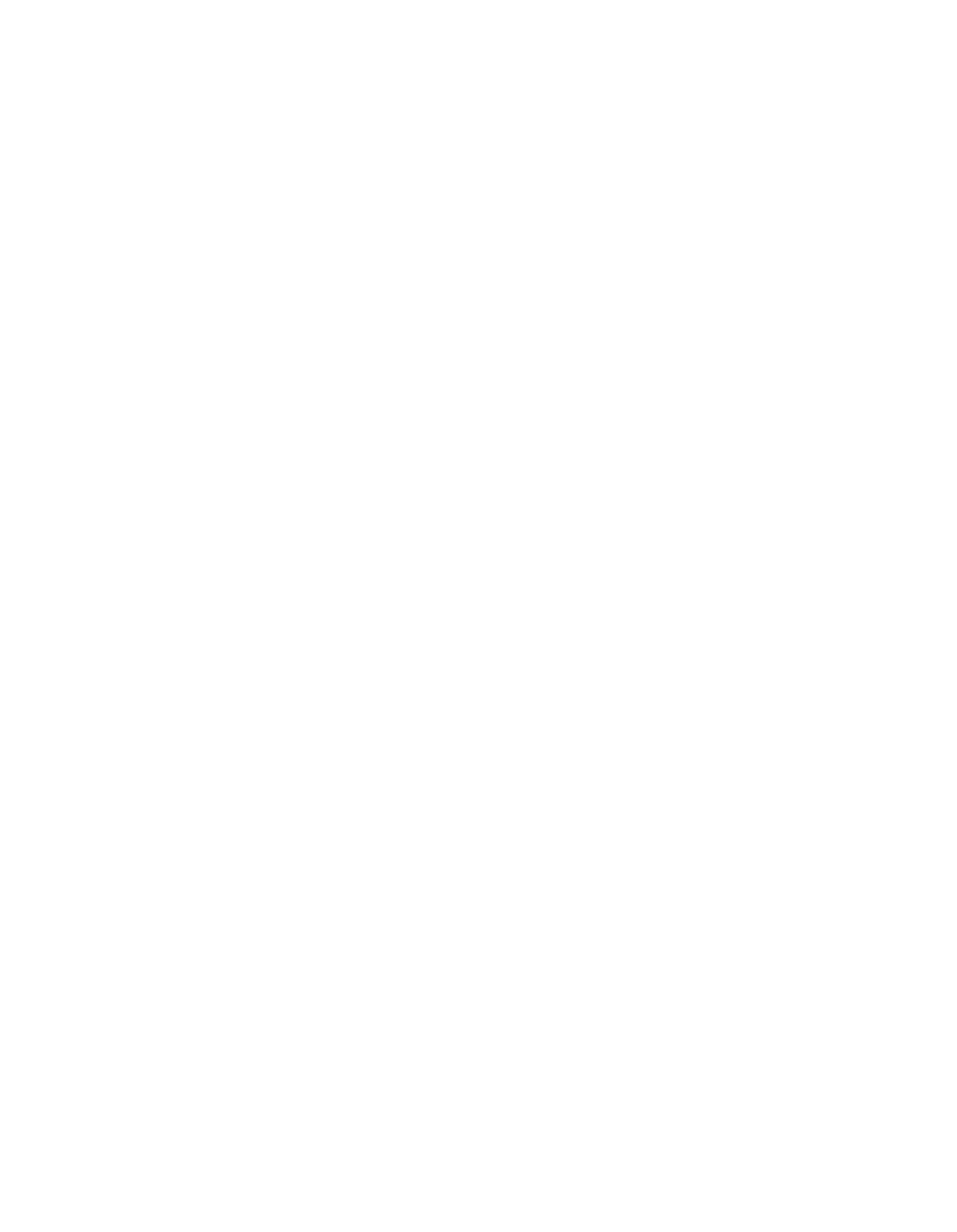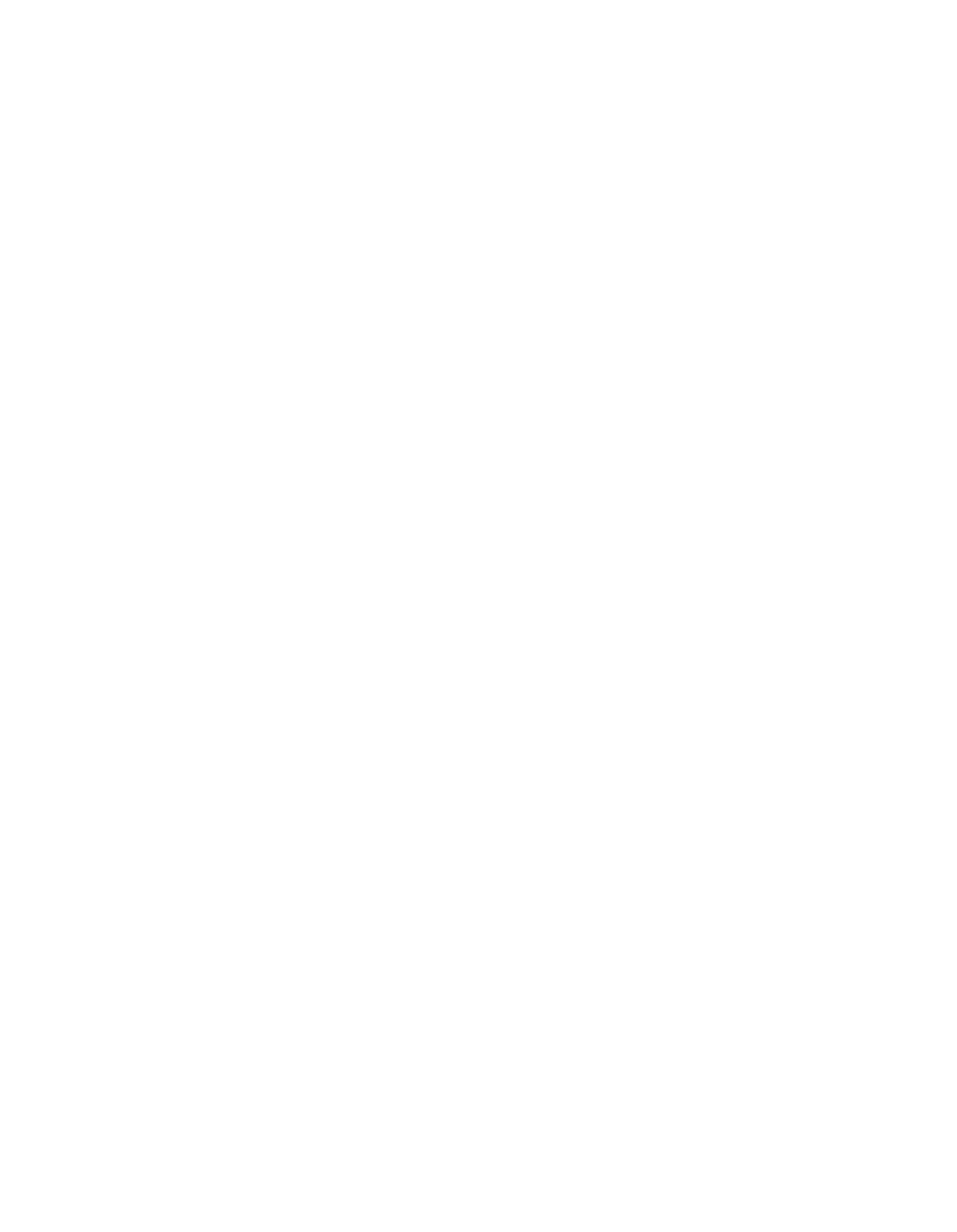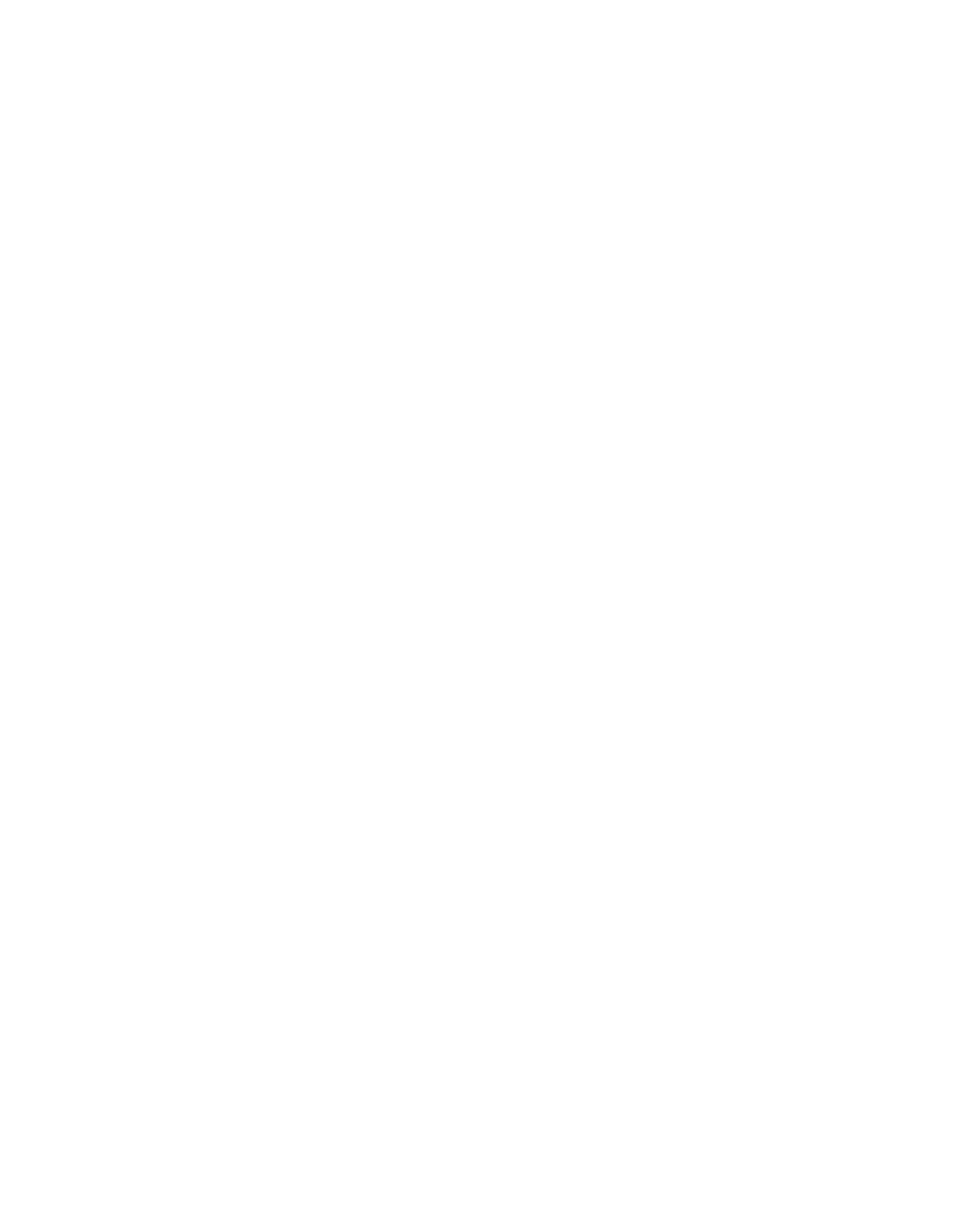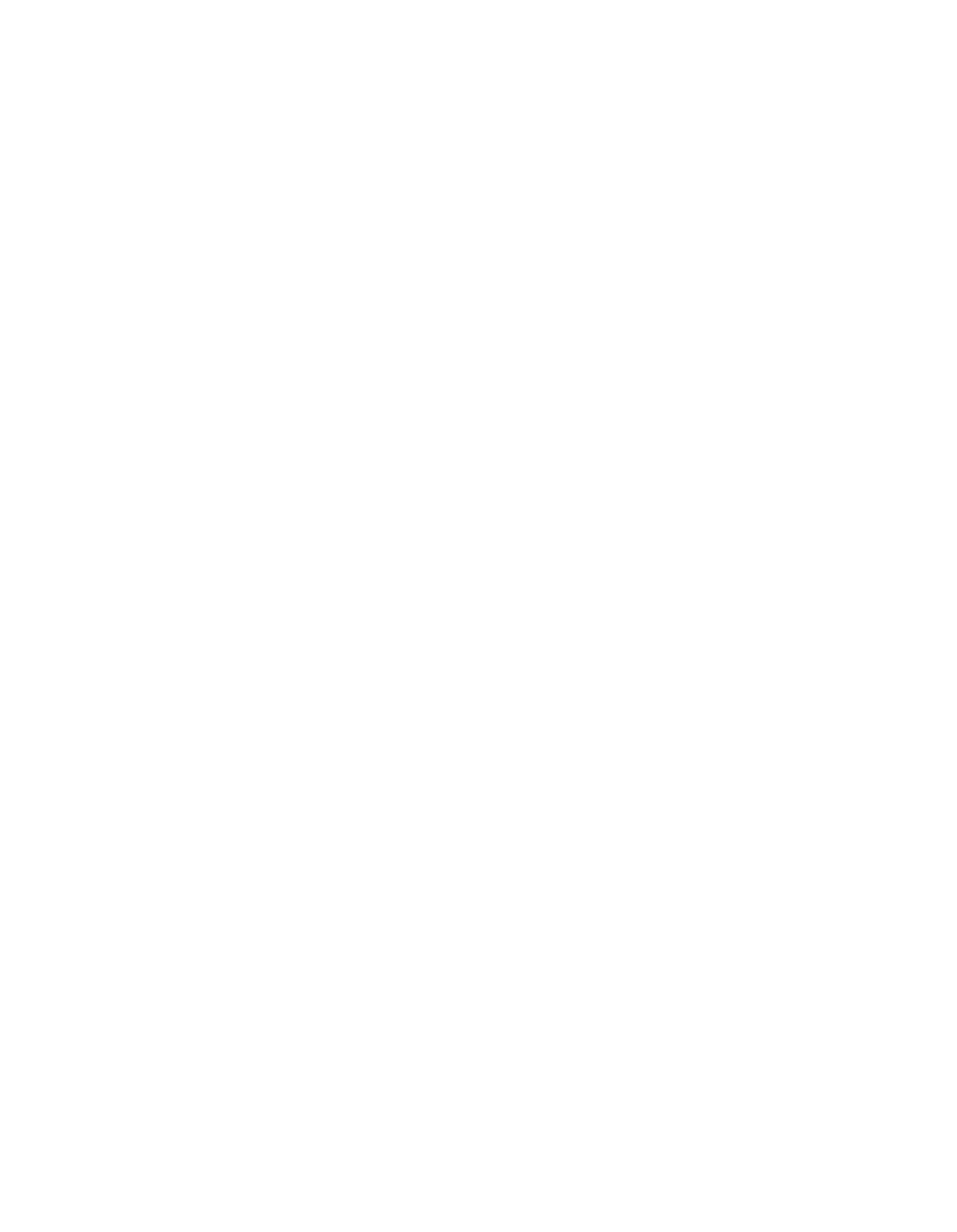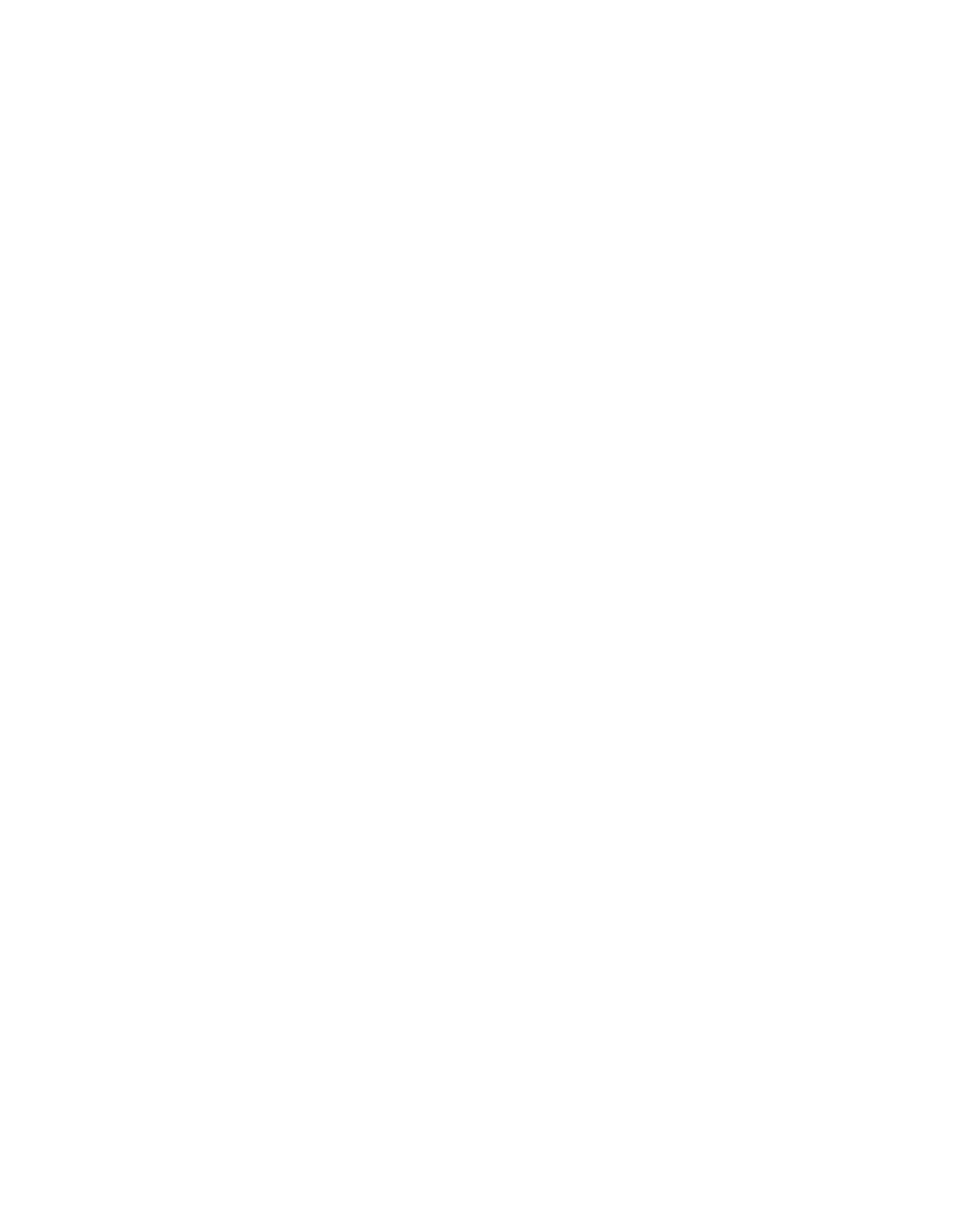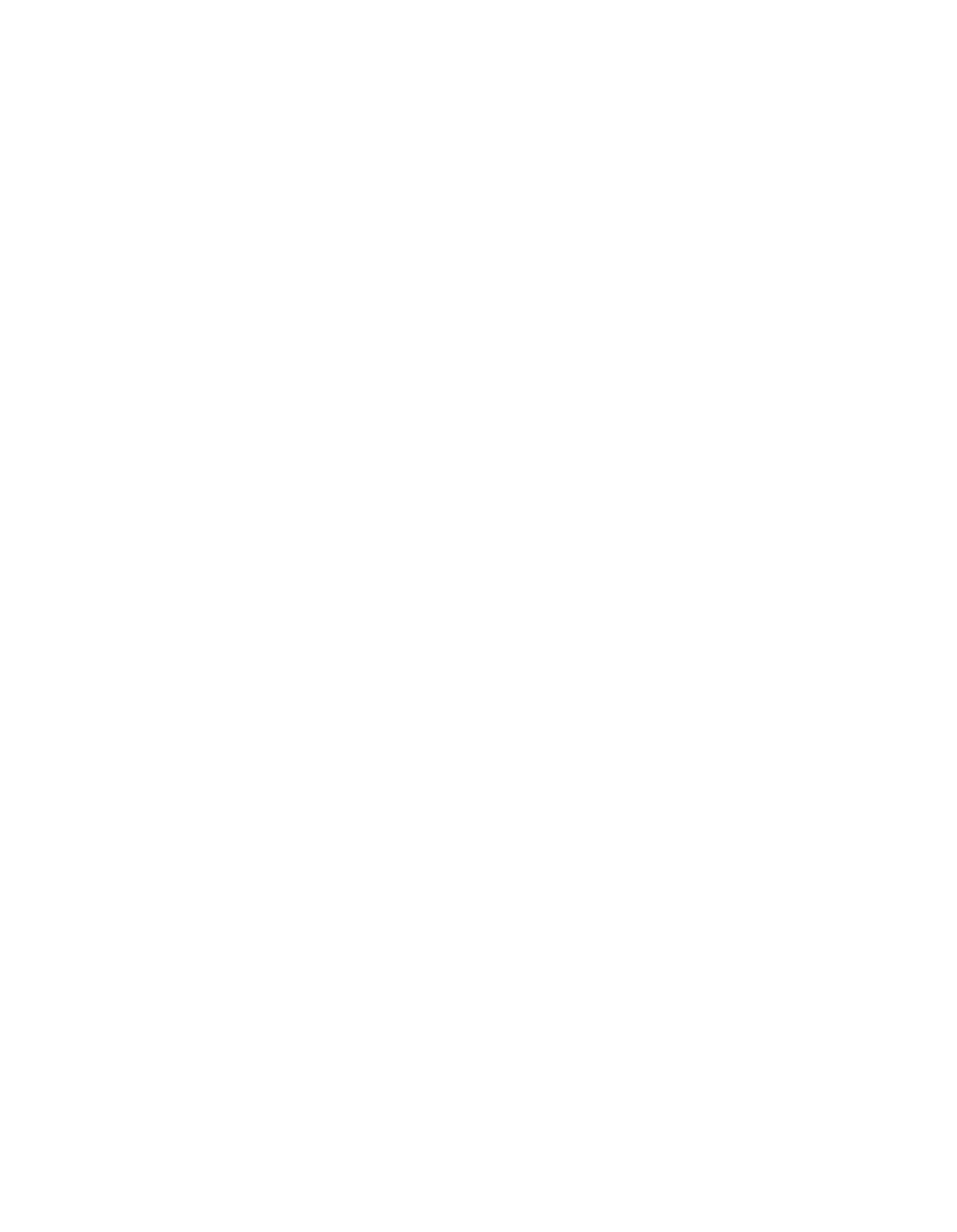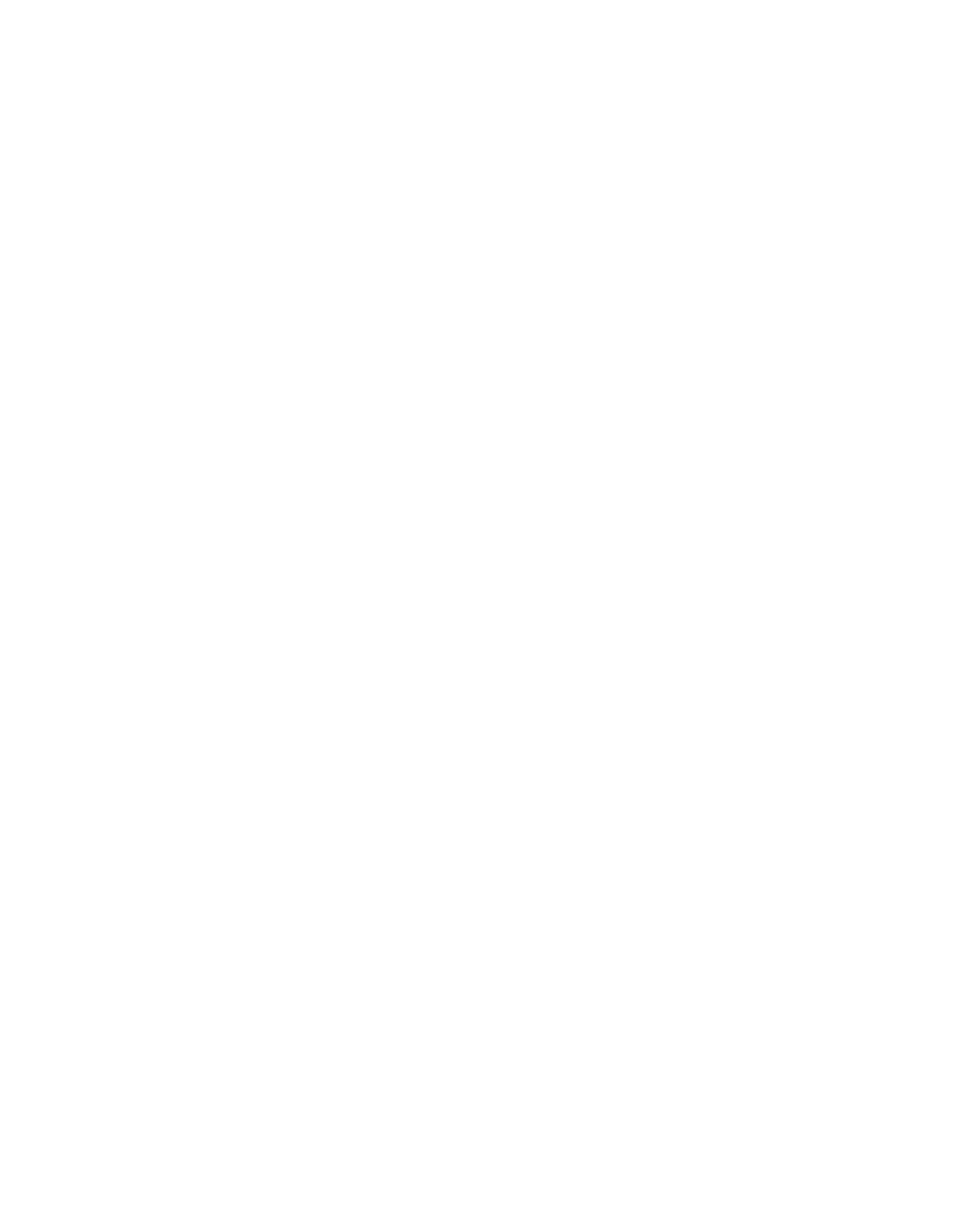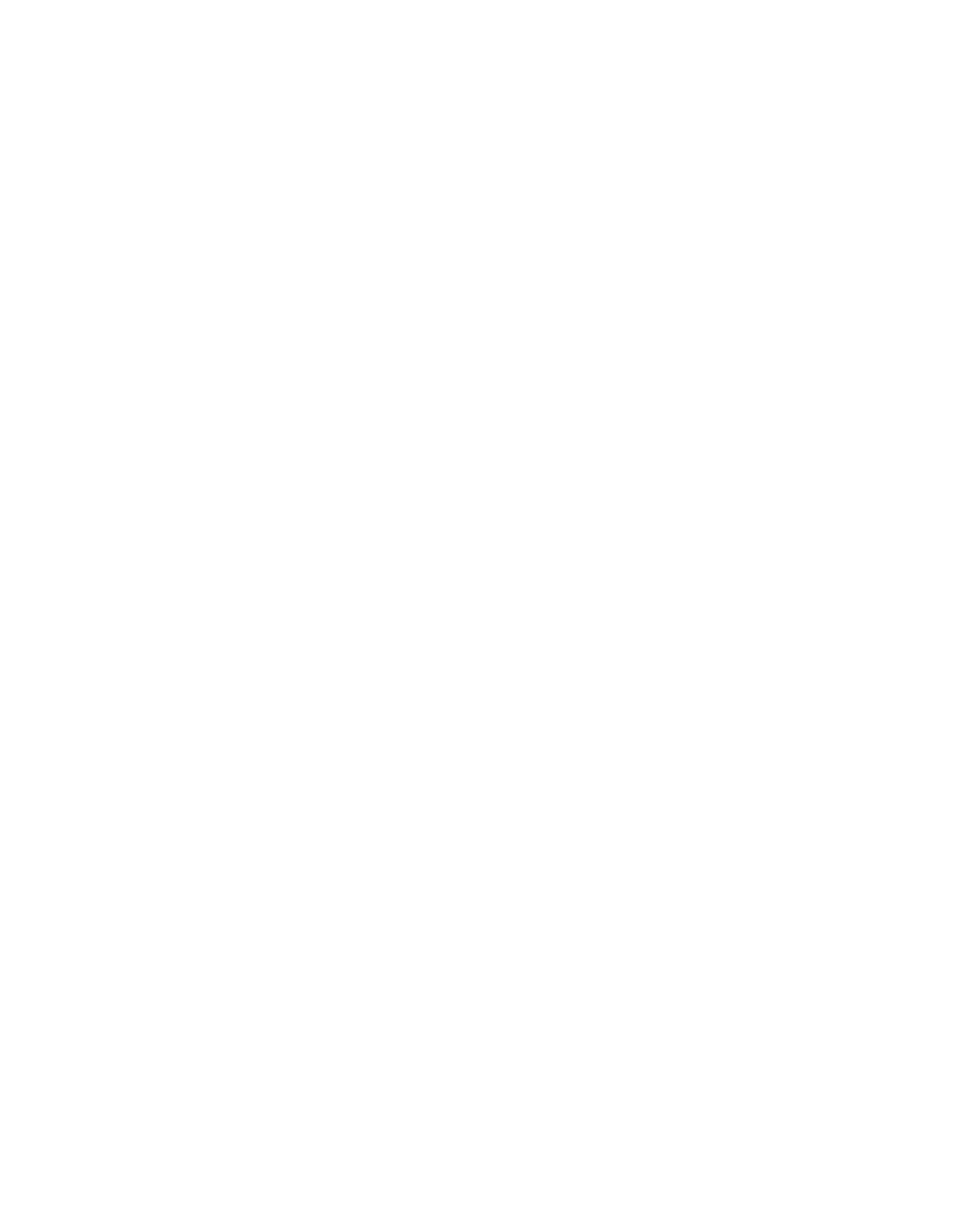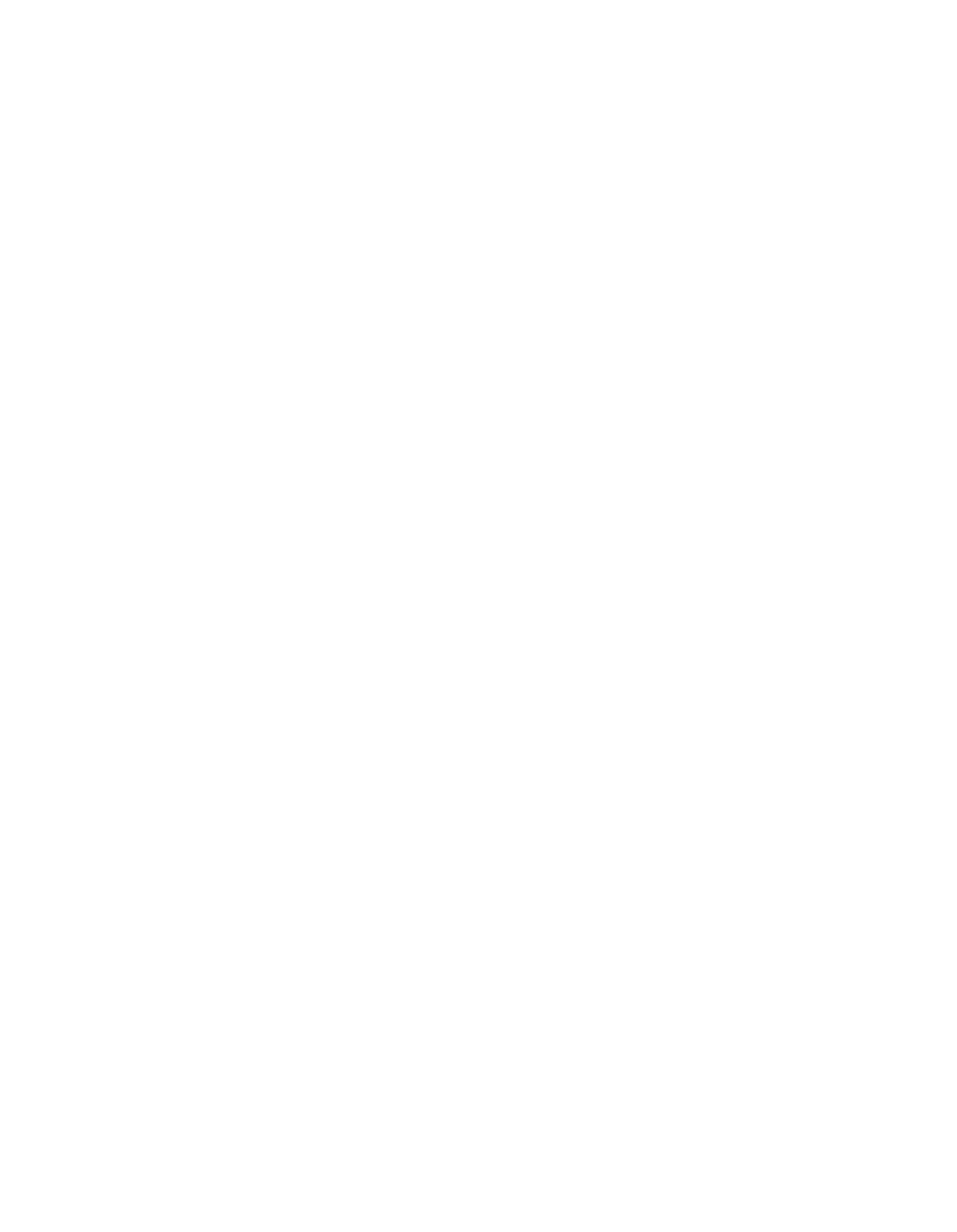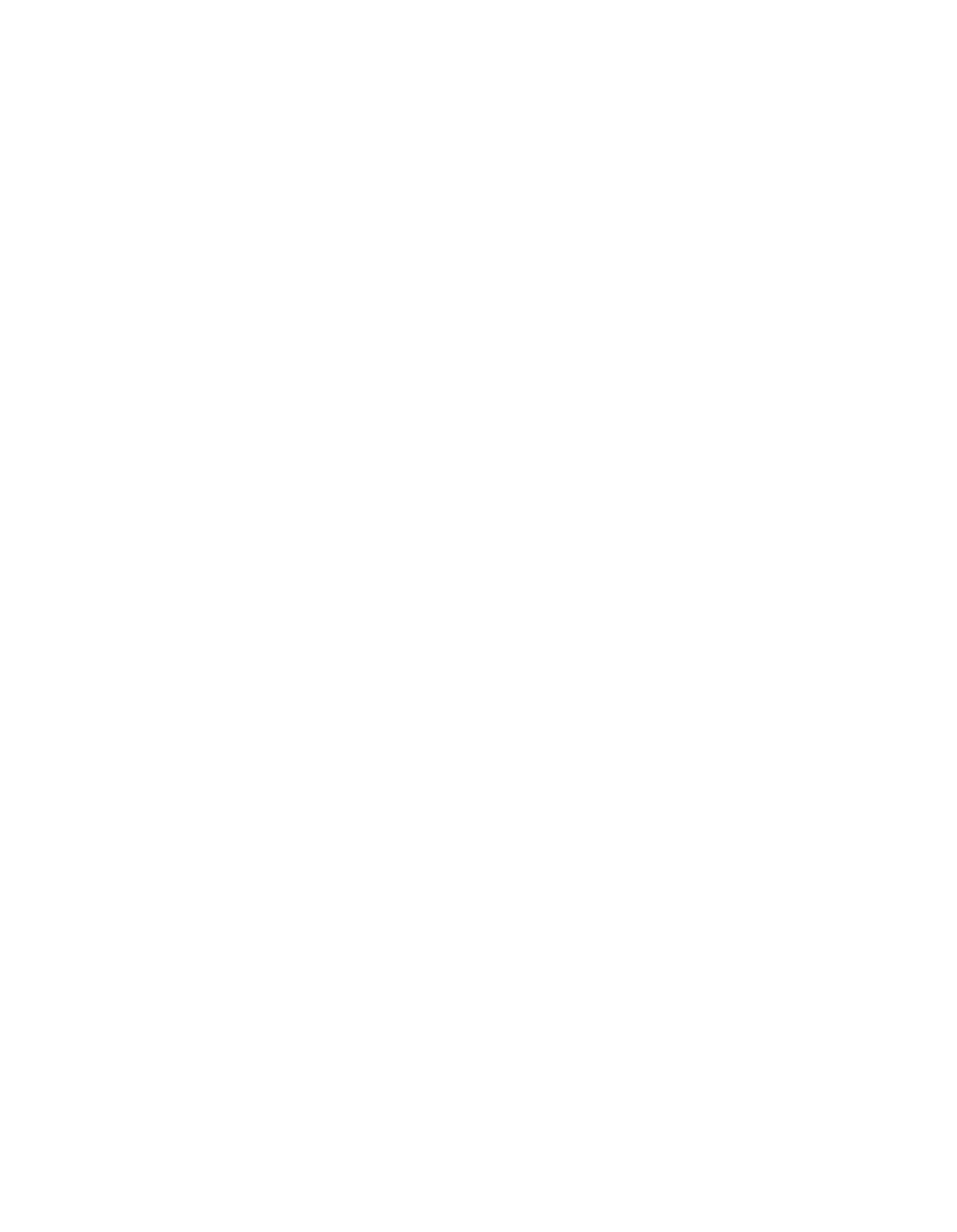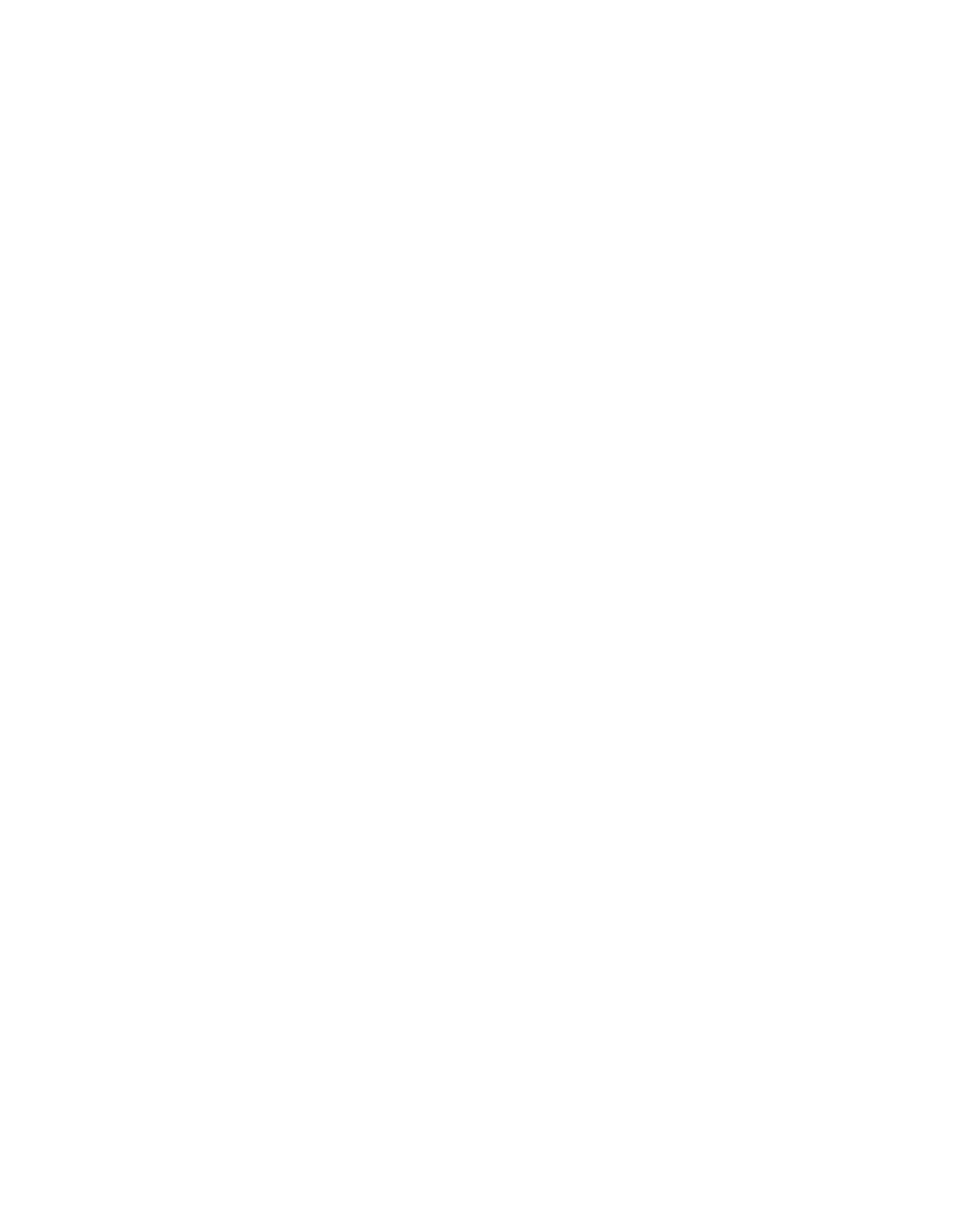ILLINOIS POLLUTION CONTROL BOARD
July 25, 1991
IN THE MATTER OF:
)
R90—20
DIESEL VEHICLE EXHAUST
)
(Rulemaking)
OPACITY LIMITS
)
PROPOSED RULE.
FIRST NOTICE.
OPINION
AND
ORDER OF THE BOARD
(by J.D.
Duinelle):
On July 19,
1990, this Board adopted an Order which
established inquiry hearings regarding diesel smoke.
These
hearings were held on September 21 and September 28,
l99Q.
Participants included Senator Judy Barr Topinka, the Chicago
Transit Authority, the Engine Manufacturers Association, the
Navistar Corporation, various representatives of communities in
the Chicago area and numerous citizens.
All of these groups
supported the concept of a rulemaking to reduce the pollution
emitted by diesel—powered engines.
Based on these hearings and
the testimony therein, the Board today proposes a rule for First
Notice.
HEALTH EFFECTS1
Diesel exhaust is complex mixture of thousands of inorganic
and organic substances.
The primary components of diesel exhaust~
include oxides of nitrogen
(NOx), oxides of sulfur, particulate
matter
(PM),
carbon monoxide (CO), various organic compounds,
carbon dioxide,
nitrogen, and water vapor.
Due to the combustion properties of the diesel engine, CO
and hydrocarbon emission levels are considerably lower than those
from a comparable gasoline engine.
Diesel engines do,
however,
emit relatively high levels of NOx, and sulfurous emissions from
diesel engines are currently about 10 times that of comparable
gasoline engines due to the higher sulfur content of diesel
fuel.
When released into the atmosphere,
sulfur dioxide emissions
undergo chemical reactions to form sulfates, including sulfuric
acid and acid sulfate mists.
On August 21,
1990 USEPA
promulgated a final rule for diesel fuel quality standards which
takes effect on October
1, 1993.
This regulation limits the
sulfur content of diesel fuel to 0.05 percent and also limits the
aromatic content of diesel fuel.
The most characteristic feature of diesel exhaust, however,
is the very visible releases of PM.
Diesel particulates consist
1For
a
detailed
discussion
of
health
effects,
see
the
testimony of Dr.
Lee Gorsky
(Tr.
at 18-36).
Also see exhibits
5
and
6.
124—317
2
of a solid carbonaceous core upon which is absorbed a complex
mixture of oxygenated hydrocarbons, sulfates, and trace elements.
Studies have estimated that diesel-powered vehicles emit 30 to
100 times more PM than comparable catalyst equipped gasoline
vehicles.
Health effects due to PM in diesel exhaust are of particular
concern due to their small
size.
Virtually all the PM emitted by
diesel vehicles is less than 10 microns in diameter and is
referred to as P11-10.
In fact, over 90 percent of diesel PM is
less than 1 micron in size and is therefore easily ingestible via
the lungs and can penetrate deep into the respiratory system.
Due to the potential health effects of particles of this size,
on
July 1,
1987,
USEPA promulgated primary and secondary national
ambient air quality standards for PM-lO.
A variety of health impacts of exposure to diesel exhaust
have been identified.
Symptoms of acute exposure to diesel
exhaust include mucous membrane and eye irritation, light-
headedness, nausea, numbness, chest tightness, and wheezing.
Exhaust odors can cause nausea, headaches,
loss of appetite, and
physiological stress.
Further, animal studies on the toxic
effects of high concentrations of diesel exhaust, relevant to
ambient levels, have demonstrated that chronic exposures result
in diminished lung function and in structural changes in lung
tissue.
Chronic exposure to high levels of diesel exhaust has
also been associated with increased susceptibility to respiratory
tract infections, neurological and behavioral changes, and
morphological changes in the liver.
With regard to health effects, however, the carcinogenicity
of diesel exhaust is of most concern.
Although the evidence is
considered limited, collectively, human epidemiologic studies
show a positive correlation between diesel exhaust exposure and
lung cancer.
Further, as early as 1955, animal studies have
provided evidence that diesel exhaust is carcinogenic in animals.
This contention is supported by positive results in numerous
independent studies in male and female animals of at least two
species and by several routes of administration, including
inhalation, intratracheal administration,
skin painting, and
subcutaneous injection.
A recent study by USEPA concluded that
more that 60,000 people die annually from soot and PM-b.
(Ex.
10).
Based on the evidence for carcinogenicity in humans and the
sufficient evidence for cancer induction in animals, diesel
engine emissions are considered to be probable human carcinogens.
RULEMAKINGS BY USEPA
AND
OTHER STATES
In response to these health concerns,
as well as efforts to
address PM-b
nonattainment, USEPA,
State, and local agencies
have taken action to reduce diesel emissions.
In March 1985,
USEPA promulgated new heavy-duty diesel engine standards for NOx
124—318
3
and PM.
(50 Fed.
Reg.
10606
(March 15,
1985).)
By 1994, these
new standards will result in a 53 percent reduction in NOx
emissions per vehicle and an 83 percent reduction in PM per
vehicle.
As mentioned previously, USEPA recently promulgated a
rule to limit the sulfur and aromatic content of diesel
fuel.
The reduction in sulfur content in the diesel fuels will make it
easier for engine manufacturers to meet the stringent diesel
engine standards using known technology.
Many States are also
exploring the use of alternative fuels to reduce bus and truck
emissions.
The rules that focus on new vehicles, however, will not be
fully beneficial until the existing fleet is replaced.
(Tr. at
58,
73).
More importantly, once these vehicles are on the road,
there is no guarantee that they will be properly maintained to
ensure continued low emission levels.
(Tr. at 58, 71).
Tampering and malmaintenance are the primary causes of excessive
diesel emissions.
(Tr. at 58,
81).
The most common problems
include improper air fuel ratio control, problems with the fuel
injection system or fuel injection timing, and adequate air
intake.
In response to these problems, some states have already
implemented, or like Illinois are considering programs to control
diesel emissions.
Many states have laws which allow citations to
be issued to vehicles emitting excessive smoke.
Four states
-
Kentucky, Oregon,
Arizona, and Colorado
—
currently test diesels
in their inspection and maintenance programs, and Tennessee and
Florida plan to test diesels in various I/M programs in the near
future.
In addition, New Jersey and Nevada have some form of on-
road testing of heavy-duty diesel trucks.
A review of each of these programs indicates that some
states are currently experiencing operating problems.
For
example, the use of idle tests,
improper test methods, and cut
points based on continuous rather than peak smoke levels, have
resulted in failure rates of less than
2 percent for a number of
the I/M programs.
The program instituted in Colorado utilizes
self-testing by the regulated entities.
However, adequate
planning, design, and enforcement can make each of these types of
programs effective in keeping excessively smoking vehicles off
the road.
The California Air Resources Board
(CARB)
conducted an
extensive research effort in their development of
a smoke
inspection program.
The inspection program uses a snap idle
inspection test with peak smoke levels measured using an opacity
meter.
The tests are conducted at weigh stations and safety
inspection stations located on interstate highways, as well as
random roadside sites.
The proposed opacity cut-point limit is
40 percent.
Using pilot program data and regression analysis,
CARB determined that the 40 percent cutpoint for the snap idle
124—319
4
test provides a good correlation to the federal test procedures
smoke certification standard of 50 percent and would yield an
error of commission rate, defined as the fraction of false
failures, of less than 5 percent.
(Tr. at 13).
Repair data from the pilot program showed that, on average,
post—repair smoke levels were nearly constant at levels of 25—30
percent.
Vehicles whose pre—repair smoke opacity was 100 percent
were,
on average, reduced 70 percent,
indicating that effective
repairs are possible.
The proposed penalty structure for the
program sets civil penalties of $500 for the first violation and
$1,500 for subsequent violations.
If the vehicle is repaired
within 30 days,
the $500 first violation penalty may be waived;
however, for all violations, there is a separate and mandatory
$300 penalty which is deposited into the Diesel Emission
Reduction Fund and is used to promote research into cleaner
fuels.
Due to its black color, the elemental carbon fraction of the
diesel particulate exerts a relatively strong influence on
opacity.
In fact, 95 percent of an opacity reading has been
found to be due to the elemental carbon in the exhaust.
Reductions in opacity, then,
imply reductions in the amount of
carbon soot,
as well as other exhaust components, due to more
complete combustion; however,
a direct correlation between
opacity and total particulate mass has not been determined.
Support for a diesel opacity program, then,
falls into three
categories.
First,
from an aesthetic point of view,
diesel
exhaust and diesel exhaust odors are a nuisance.
USEPA and the
Illinois Environmental Protection Agency have indicated that the
number one public complaint these agencies receive is in regard
to diesel pollution.
Second, there are a total of
4 Group I and Group II P14-10
areas in Illinois for which State Implementation Plans
(SIPS)
must be developed.
Control of P14-10 in these areas will be
resolved through stationary and area,
including mobile, source
control strategies.
The reduction in mobile source P14—10
resulting from a diesel opacity program will contribute to the
State’s effort to control P14—10.
Finally, control of diesel exhaust opacity offers potential
health benefits in terms of reduced acute reactions and long term
illnesses.
Although not yet conclusive, some studies have
indicated that the gaseous fraction of diesel exhaust, without
the carbon core particle, does not induce tumors.
Furthermore,
the carcinogenic potential of the carbon core alone has yet to be
determined.
The carbon core may itself have some carcinogenic
potential or its presence may be required in some interactive
fashion to induce a response.
Nonetheless, any reduction in
carbon soot, and diesel exhaust emission as a whole, would have a
124—320
5
positive health effect.
Based upon the testimony regarding the detrimental health
effects and the direction other states have taken combating this
problem, the Board today seeks to propose a measure similar to
that used in California.
We choose this route even though we
realize that many differences exist between CARB and the Board.
The primary distinction remains that
CARB
has the ability,
in
conjunction with the California Highway Patrol, to directly
enforce its rule.
The Board does not possess these direct
enforcement capacities.
Nevertheless, there remain an assortment
of reasons for proposing a rule today.
First,
in its spring session, the Illinois Legislature sent
to conference committee a bill called the Diesel Powered Motor
Vehicles Emission Testing Act
(S.B.
1231).
Although it contains
no substantive language,
it may represent an intent on the part
of the legislature to do something in relation to diesel smoke
pollution.
Those entities who participated in our hearings and
those otherwise affected may wish to track this bill in
conjunction with the regulation proposed today.
Of equal import, and less hypothetical, the Board wishes to
pass a viable diesel regulation which can be adopted by any local
governing body.
Senator Judy Barr Topinka,
in addition to
*
numerous representatives of the western suburbs, testified in
regards to the pollution problems stemming from trucks travelling
through their neighborhoods.
These representatives have been
inundated with citizens’ complaints in relation to diesel smoke.
Their cumulative testimony revealed that many western suburbs
occasionally band together and set up roadblocks for various
reasons.
(Ex. 8).
Their testimony further indicated that
assuming reasonable costs, they would be willing to implement a
program whereby diesel testing could be facilitated on a random
basis.
In short, these representatives from the western suburbs, an
area which contends with a great deal of truck traffic, recognize
the need to do something about this problem.
Moreover, they are
without the means to undertake such a task independently.
Accordingly, they have looked to the Board for direction.
We
note that this problem is not restricted to the western suburbs
of Chicago, but exists throughout the state.
Thus any political
subdivision of the state may pass an identical or similar
ordinance based on site—specific goals and solutions.
In addition, the Board today will propose a visual twenty
percent
(20)
opacity rule for diesel-powered vehicles travelling
continuously for over ten seconds.
While proposed for the same
purpose, this 20
opacity rule differs from the snap—idle test.
Snap—idle tests are performed while a vehicle is not moving.
The
engine is cleared and particulate emissions in the form of
~1~24-~3
21
6
opacity are measured by a properly calibrated device meeting the
scientifice test of reproducibility.
Due to these factors, the
issuance of a citation creates a rebuttable presumption of guilt.
Visual opacity readings, on the other hand,
are less
empirical.
Yet other states such as Arizona, New Jersey, and New
York, as well as California have all implemented visual tests of
assorted opacities.
The effectiveness of the programs are
inconclusive because they are in their infant stages.
Even so,
the Board believes that a visual opacity test would be an
effective supplement to the snap-idle test.
To begin with, the snap-idle test would most likely be
performed at weigh stations, roadblocks and other areas where
detaining large vehicles would be feasible and consume the least
possible amount of time.
The testimony at hearing demonstrated
that many of the pollution—emitting diesel sources rarely even
enter the highway.
(Tr. at 184).
There are many existing
pollution sources that operate locally and do not engage in
intrastate travel.
(Tr. at 184-185).
Moreover, many fleets
which are local in nature have switched from gasoline to diesel
engines; and further, these conversions were motivated in large
part by the fact the diesel engines are unregulated.
(Tr. at
185).
Thus the snap-idle test, standing alone, would miss a
significant portion of diesel polluters.
Secondly, the 20
opacity test for vehicles operating over
ten seconds is not a rigid or arbitrary standard; rather,
it is
intended to serve as a catalyst for ascertaining and punishing
the obvious polluters.
This allows the enforcing entity to act
quickly and insures the threat of immediate enforcement.
A rule
which has the capability of random enforcement which is not
restricted to a certain area is more inclined to draw attention
from the regulated community.
Finally,
all those regulated entities testified that the 20
opacity standard for diesel—powered vehicles operating over ten
seconds would be reasonable.
The Chicago Transportation
Authority,
the Engine Manufacturers Association, the Navistar
Corporation and Caterpillar all concurred that meeting this
standard is technologically feasible and economically reasonable.
Mr. Charles Hudson, of Navistar Corporation, did request that any
violator issued a citation under the visual opacity standard have
appeal rights through confirmation or repudiation by the more
scientific snap-idle test.
The Board finds this request to be
reasonable.
The regulation is therefore proposed so that any
person cited under the visual test may, within five
(5)
days,
request a snap-idle test.
In this way, the rule will not be
arbitrary and the most blatant polluters will hopefully be
motivated to maintain their mobile sources in accordance with the
law.
124—322
7
In terms of enforcement, the Board realizes that at this
stage, the rule as drafted is somewhat tenuous.
In promulgating
this regulation, we inserted the State Police as an enforcement
mechanism because other programs of other states have done so.
The Board envisions that for any rule to be effective, the State
Police would be involved at some level.
The Illinois
Environmental Protection Agency is also made part of the process.
This does not presume to tell these critical agencies what to do
or how to allocate their respective budgets;
rather,
it serves
only to introduce a viable structure to combat a serious health
problem.
In this vein,
the Board welcomes comment and,
hopefully,
participation from these agencies in formulating a
feasible plan.
At the same time, we recognize that the legislature may
choose to act in regard to diesel regulations.
Should that be
the case, the Board is prepared to alter its regulations
accordingly.
Until that time however, the diesel smoke problem
and its ramifications need to be addressed.
It is with that in
mind that we propose this regulation for First Notice and note
that these rules are not set in stone, but rather represent an
attempt to begin the process whereby dangerous pollutants are
reduced for the benefit of the people of Illinois.
ORDER
The Board directs the Clerk to file these amendments and
additions with the Secretary of State for First Notice
publication in the Illinois Register.
TITLE
35:
ENVIRONMENTAL PROTECTION
SUBTITLE B:
AIR POLLUTION
CHAPTER I:
POLLUTION CONTROL BOARD
SUBCHAPTER k:
EMISSION STANDARDS AND LIMITATIONS
FOR MOBILE SOURCES
PART 240
MOBILE SOURCES
SUBPART A:
DEFINITIONS AND GENERAL PROVISIONS
Section
240.101
Preamble
240.102
Definitions
240.103
Prohibitions
240.104
Inspection
240.105
Penalties
240.106
Determiniation of Violation
SUBPART
B:
EMISSIONS
Section
124—323
8
240.121
240.122
240.123
240.124
240.125
Smoke Emissions
Diesel Engine Emission Standards for Locomotives
Liquid Petroleum Gas Fuel Systems
Vehicle Exhaust Emission Standards
Compliance Determination
PROCEDURE
SUBPART’ C:
HEAVY-DUTY DIESEL SMOKE EMISSION TEST
AND
HEAVY-DUTY VEHICLE EMISSION CONTROL SYSTEM INSPECTIONS
Section
240.140
240.141
240.142
240.143
240. 144
240.145
240.146
240. 147
240.148
Applicability
Responsibilities During Inspection Procedure
Heavy-Duty Diesel Vehicle Smoke Opacity Test Procedure
Heavy-Duty Vehicle Emission Control System Inspection
Refusal to Submit to Inspection Procedure
Civil Penalty Schedule
Demonstration of Correcton and Post—Repair Test or
Inspection
Vehicles Removed from Service
Twenty
Percent Visual Opacity Test
Appendix A
Appendix B
Rule into Section Table
Section into Rule Table
AUTHORITY:
Implementing Section 9,
101 and 13 and authorized by
Section 27 of the Environmental Protection Act
(Ill.
Rev. Stat.
1989,
ch.
111—1/2,
pars.
1009,
1010,
1013 and 1027).
SOURCE:
Adopted as Chapter 2:
Air Pollution, Part Vii:
Mobile
Sources,
filed and effective April 14,
1972;
codified at 7
Ill.
Reg. 13628; amended in R85—25, at 10 Ill. Reg.
11277, effective
June 16,
1986;
amended in R90—20 at 15 Ill. Reg.
effective _____________________________
SUBPART A:
DEFINITIONS
AND
GENERAL PROVISIONS
Section 240.102
All terms which appear in this Part have the definitions
specified in this Part and 35 Ill. Adm. Code 201 and 211.
“Basic Penalty”:
The reduced civil penalty of five hundred
dollars
($500)
for a test procedure or emission control
system inspection violation that is deposited in the
Environmental Trust Fund.
“Certification Level”:
The same as defined in Title 40.
Code of Federal Regulations (CFR).
Part 86. Subpart A for
1974 and subseauent model-year heavy-duty diesel-powered
vehicles when tested in accordance to 40 CFR Part 86,
Subpart I, for peak smoke emissions.
124—324
9
“Citation”:
A leaal notice issued to a heavy—duty vehicle’s
owner,
or
owner
and operator. by the Illinois State Police.
the_Illinois Environmental Protection Agency or any other
authorized state agency or political subdivision thereof
reczuiring the owner to repair the vehicle and to pay a civil
penalty.
“Defective”:
An emission control system or an emission
control system component that is malfunctioning due to age.
wear. malmaintenence.
or design defects.
“Demonstration of Correction”:
A repair receipt from a
repair facility,
a complete work order from a fleet repair
or fleet maintenance facility, or successful completion of a
post—repair test or inspection.
“Diesel Engine”:
All types of internal—combustion engines
in which air is compressed to a temperature sufficiently
high to ignite fuel injected directly into the cylinder
area.
“Diesel Locomotive”:
A diesel engined vehicle designed to
move cars on a railway.
“Driver”:
The same meaning as defined in the Illinois
Vehicle Code.
Ill. Rev.
Stat.
1989,
ch. 95-1/2, par. 116.1.
“Emission Control Label”:
The label reauired in
13 CCR,
Section 1965.
or Title 40 Code of Federal Regulations
(40
CFR), Section 85.874-35 or 40 CFR Part 86, Subpart A.
“Emission Control System”:
The pollution control components
on an engine at the time of its engine family certification,..
including, but not limited to, the emission control label.
“Fleet”:
Five or more vehicles.
“Full Power Position”:
The throttle position at which the
engine fuel delivery is at maximum flow.
“Heavy Duty Vehicle”:
A motor vehicle ratcd at morc ~iun
8000 pounds gross vehicle weight a vehicle with 8.000 pounds
or greater manufacturer’s maximum gross vehicle weight
rating
(GVWR)
and greater.
“High Idle”:
That portion. of a two-speed idle test
conducted with the engine operating at a speed of
approximately 2500
PRN.
“Idle Mode”:. That portion of a vehicle emission test
procedure conducted with the engine disconnected from an
124—325
10
external load and operating at
minumum
throttle.
“Inspection Procedure”:
The test procedure specified in
Section 240.142 and the emission control system inspection
specified in secion 240.143.
“Inspection Site”:
An area including
a random roadside
location, a weigh station, or a fleet facility selected for
the purpose of conducting the heavy-duty vehicle test
procedure and/or emission control system inspection.
“Issuance”:
The date the citation is mailed to, or
personally handed by an inspector to the owner.
“Light Duty Truck”:
A motor vehicle rated at 8000 pounds
gross vehicle wieght or less, which is designed for carrying
more than 10 persons or desigend for the transporation of
propoerty,
freight or cargo,
or is a derivative of such a
vehicle.
“Light Duty Vehicle”:
A passenger car designed to carr not
more than 10 persons.
“Minimum Penalty”:
The three hundred dollar
($300) penalty
that is to be deposited in the Environmental Trust Fund.
“Model Year”:
The year of manufacture of a motor vehicle
based upon the annual production period as designeated by
the manufacturer and indicated on the title and registration
of the vehicle.
If the manufacturer does not designate a
production period for the vehicle, then “model year” means
the calendar year of manufacture.
“Motor Vehicle”:
As used in this section “motor vehicle”
shall have the same meaning as in the Illinois Vehicle Code
(Ill. Rev. Stat. 1985~,ch.
95 1/2,
par.
1—146).
“Officer”:
A uniformed member of the Department of the
Illinois State Police.
“Opacity”:
A condition which rcndcrs material partially of
wholly impervious to the transmittance of light, and causes
the ob3truction of an obocrver’s view the percentage of
light obstructed from passage through an exhaust smoke
plume.
“Owner”:
The person registered by the Illinois Secretary of
State or its equivalent in another state, as the owner of
the vehicle.
“Persons Liable”:
All persons owning, operating or in
charge or control of any equipment who shall cause or permit
124-326
11
or participate in any violation of these rules and
reguations either as owner, operator, lessee or lessor.
“Post—repair Inspection”:
A repeat emission control system
inspection procedure for the purpose of determining
compliance of a cited vehicle.
“Post—repair Test”:
A repeat test procedure for the purpose
of determining compliance of a cited vehicle.
“Remove from Service”:
The towing and stora~eof a vehicle
under the auspices of the Illinois State Police.
“Repair Facility”:
Any place where heavy—duty vehicles are
repaired, rebuilt, reconditioned, or in any way maintained
for the public at a charge, and fleet maintenance
facilities.
“Smokemeter”:
A detection device used to measure the
opacity of smoke in percent opacity.
“Snap-idle Cycle”:
Rapidly depressing the accelerator pedal
from normal idle to the full rower position, holding the
pedal
in the position for no longer than ten seconds or
until the engine reaches maximum speed, and fully releasing
the pedal so that the engine decelerates to normal
idle.
“Tampered”:
Conditions or components of a vehicle related
to emissions control that are missing, modified, or
disconnected.
“Test Opacity”:
The smokemeter measurement of opacity for
the purpose of determining compliance with section
240.142(a)
and
(bi.
“Test Procedure”:
Means the preconditioning sequence and
smoke opacity measurement processes for determining
compliance with section 240.142.
“Two—Speed Idle Test”:
A vehicle emission test procedure
consisting of the measurements of exhaust emission in high
idle and idle modes.
(SOURCE:
Amended at 15 Ill. Reg.
,
effective
SUBPART
B:
EMISSIONS
Section 240.122
Diesel Engine Emission Standards ~
Locomotives
124—327
12
ira in Cection 240.121 3hall not
apply to diesel engines.
b)
With the exception or 2uD~ection
~ej,
aie~c.i.engines
manufactured before January
1,
1970,
shall not be operated
in such a
manner
as to
emit
smoke which is equal to or
greater than 30
opacity except for infividual smoke puffs.
Individual puffs of smoke shall not exceed 15 seconds in
duration.
1)
Diesel engines shall be operated only on the sprcific
fuel3 as specified in the ~iircine
manufactureres’
specifications fo that spec,.~cengine, or on fuels
exceeding engine manufactureres’ specifications.
2)
Pcr3ons liable for
n
T-m-I1nrl
aie~ci
~r’r”n~n
rieets
wholly within standara metropolitan statistical areas
shall furnish to the Environmental Protection Agency,
once each year, proof that the fuel purchased and used
in their operations conform to subsection
(c) (1).
d)
All diesel engines operated on public highways in Illinois
coming from out of the Ctate shall conform to subsection
(b).
1)
No person shall cause or allow the emission of smoke
from any diesel locomotive in the State of Illinois to
exceed thirty percent
(30)
opacity.
2)
Subsection -~e)-j~j(l)shall not apply to:
A)
Smoke resulting from staring a cold locomotive:
for a period of time not to exceed 30 minutes.
B)
Smoke emitted while accelerating under load from a
throttle setting other than idle to a higher
throttle setting:
for a period of time not to
exceed 40 seconds.
C)
Smoke emitted upon locomotive loading following
idle:
for a period of time not to exceed
2
minutes.
D)
Smoke emitted during locomotive testing,
maintenance, adjustment,
rebuilding, repairing or
breaking in:
for a period of time not to exceed
3
consecutive minutes and an aggregate of 10 minutes
in any 60 minute period.
124—328
13
E)
Smoke emitted by a locomotive which because of its
age of design makes replacement or retrofit parts
necessary to achieve smoke reduction unavailable.
These locomotives shall be retired at the earliest
possible time.
(SOURCE:
Amended at 15 Ill. Reg.
,
effective
SUBPART C:
HEAVY-DUTY DIESEL SMOKE EMISSION TEST
PROCEDURE,
AND
HEAVY-DUTY VEHICLE EMISSION CONTROL SYSTEM INSPECTIONS
Section 240.140
Applicability
This subpart applies to all diesel-powered vehicles with a 8,000
pounds or greater manufacturer’s maximum gross vehicle weight
rating
(GVWR)
operating in the State of Illinois.
(SOURCE:
Added at 15 Ill. Reg.
____________,
effective
Section 240.141
Responsibilities During Inspection Procedure
~j
The driver of a heavy duty diesel vehicle selected to
undergo the inspection procedure shall do all of the
following:
jj.
Drive the vehicle to the inspection site upon direction
of an officer
.2j
Perform the test Procedure upon reauest by an
inspector
~j
Open the vehicle door so that the inspector can observe
the driver depress the accelerator pedal
iL
Permit an emission control system inspection upon the
request of the inspector; and
~j
Sign the citation to acknowled~eits receipt and the
smoke test strip chart to acknowledge performance of
the test procedure.
~j
The driver of a heavy-duty gasoline or diesel vehicle
selected to undergo the inspection procedure shall:
j,j
Drive the vehicle to the inspection site upon direction
of an officer
21
Permit an emission control system inspection upon
request of the inspector;
and
124—329
14
~
Sign the citation to acknowlege its receipt.
çj
The inspector in performing the inspection procedure shall
do all of the following:
fl
Advise the driver that refusal to submit to the
inspection procedure is a violation of these
regulations
21.
Obtain engine identification information from a vehicle
that has a smoke opacity level between forty
(40)
percent and fifty-five
(55) percent, when tested
pursuant to section 240.142(f).
to determine whether
the opacity standard in section 240.142(a)
or
240.142(b) would apply
~j
Issue a copy of the citation to the driver of a vehicle
that fails the test procedure or the emission control
system inspection; and
il
Issue a warning to the owner of a heavy—duty diesel-
powered vehicle with a missing emission control label
that the engine serial or identification number must be
provided to the State Police within thirty
(3) calendar
days or it will be conclusively presumed that the
vehicle has a certification level equal to or less than
thirty-five
(35) percent peak smoke.
(SOURCE:
Added at 15 Ill. Reg.
____________,
effective
Section 240.142
Heavy—Duty Diesel Vehicle Smoke Opacity Test
Procedure
~
No heavy—duty diesel—powered vehicle with a federal peak
smoke engine certification level of thirty-five
(35) percent
peak opacity or less operating on the roadways within the
state of Illinois shall exceed forty
(40) percent teak smoke
opacity when tested in accordance with this section.
~j
No other heavy—duty diesel—powered vehicle operating on the
roadways within the state of Illinois shall exceed
fifty-
five
(55) percent peak smoke opacity when tested in
accordance with this section.
~j
In the event that a 1974 or later model-year heavy-duty
diesel—powered vehicle’s engine identification cannot be
determined by the inspector in order to determine the
federal smoke certification level, the owner, within thirty
(30) calendar days of the inspection,
shall provide the
State Police with the engine identification information.
If
the owner fails to com~lvwith this requirement,
it is
124—330
15
conclusively presumed for the purpose of subsequent smoke
emission inspections that the vehicle has a federal peak
smoke certification level equal to or less than thirty-five
(35) percent peak smoke opacity, and the test standard in
240.142(a)
shall apply.
~j
Manufacturers of heavy—duty diesel—powered engines shall,
within sixty
(60) calendar days of the effective date of
this section provide to the State Police the certification
levels by model-year for each engine family that it has
certified to levels above thirty-five
(35) Percent peak
opacity and a complete list of engine identification numbers
for each of these engine families.
flj..
The smoke opacity measurement equipment shall consist of a
light extinction type smokemeter which includes an optical
detection unit,
a control/indicator unit,
and a strip chart
recorder.
fl
The smokeineter shall provide for full flow,
end of
line, and continuous measurement of exhaust opacity,
and be calibrated according to manufacturers’s
specifications; and
21
The smokeineter and strip chart recorder shall comply to
specifications in Society of Automotive Engineers
(SAE)
report number J1243,
section 7 entitled “Smoke
Measuring Equipment and Instrumentation”.
fl.
The test procedure shall consist of preparation.
preconditioning,
and test phases.
3j
In the preparation phase, the vehicle shall be placed
at rest,
the transmission shall be placed in neutral,
and the vehicle wheels shall be properly restrained to
prevent any rolling motion.
21
In the preconditioning phase, the vehicle shall be ~ut
through a snap-idle cycle two or more times until
successive measured smoke levels are within ten
(10)
opacity percent of each other.
The smoke meter shall
be rechecked prior to the preconditioning sequence to
determine that its zero and stan setting are adiusted
to manufacturer’s specifications.
~j.
In the test phase,
the vehicle shall be ~ut throuah the
snap-idle cycle three times.
~
The smoke opacity shall be measured during the
preconditioning and test phases with a smokemeter
and shall be recorded continuously on the chart
recorder during each snap—idle cycle.
The maximum
124—331.
16
instantaneous value recorded by the chart recorder
shall be the smoke opacity reading.
~j
The test opacity to determine compliance with
(a)
and
(b)
above shall be the average of the two
meter readings with the least difference in
opacity values.
If all three readings have
successive equivalent differences between them,
the test opacity shall be the average of the three
readings.
(SOURCE:
Added at 15 Ill. Reg.
____________,
effective
Section 240.143
Heavy-Duty Vehicle Emission Control System
Inspection
~j
The heavy-duty diesel-powered vehicle emission control
components subiect to inspection for tampered or defective
conditions include, but are not limited to. the following:
fl
The engine governor
21
Any seals and/or covers protecting the air—fuel ratio
ad-iustments
~j
Any fuel iniection pump seals and covers
4j
The air cleaner and flow restriction indicator
~j
The exhaust gas recirculation valve
~j
The particulate matter trap system or catalytic
converter system, including pipes and valves
21
Related hoses, connectors,
brackets, and hardware for
these components
fi
Engine computer controls, related sensors, and
actuators
2i
Emission control label; and
.3~Qj Any other emissions—related components for a particular
vehiclelengine as determined from the manufacturer’s
specifications,
emission control label, certification
data, or published vehicle parts manuals.
~j
The heavy—duty gasoline—powered vehicle emission control
components subiect to inspection for tampered or defective
conditions,
include, but are not limited to the following:
124—332
17
fl.
The air iniection system
21
The positive crankcase ventilation system
~j.
The exhaust gas recirculation system
il
The catalytic converter, including pipes and valves
~j
The evaporative emission control system
ii.
Related hoses, connectors, brackets, and hardware for
these components
21
Engine computer controls, related sensors, and
actuators
~j
On-Board Diagnostic
(OBD)
systems for 1994 and
subse~entmodel year vehicles,
if so equipped
2).
Emission control label; and
~Qj
Any other emissions—related component for a particular
vehicle/engine as determined from the manufacturer’s
specifications, emission control label, certification
data,
or published vehicle parts manuals.
(SOURCE:
Added at 15 Ill.
Reg.
____________,
effective
Section 240.144
Refusal to Submit to Inspection Procedure
The refusal by an owner or driver of a vehicle to submit to the
test procedure in Section 240.142 or the emission control system
inspection in Section 240.143 constitutes a failure of the test
procedure or inspection.
(SOURCE:
Added at 15 Ill. Reg.
____________,
effective
Section 240.145
Civil Penalty Schedule
~1
The owner of a heavy-duty vehicle that fails the test
procedure, or visual opacity test or the emission controls
system inspection,
including by refusal to submit,
is
subiect to the following penalty schedule:
fl
The owner of a vehicle that is cited for the first time
and for which demonstration of correction is provided
and Payment is made within forty-five
(45) calendar
days from personal or certified mail receipt of the
citation shall pay the minimum penalty of three hundred
dollars
($300).
124—333
18
21
The owner of a vehicle that is cited for the first time
and for which demonstration of correction is not
provided within forty-five
(45) days from personal mail
or certified mail receipt of the citation shall provide
demonstration of correction and pay the minimum penalty
of three hundred dollars
($300) and the basic penalty
of five hundred dollars
($500)
for a total of eight
hundred dollars ($800).
~j
The owner of a vehicle that is cited within one year
from the issuance of a previous citation for that
vehicle shall within forty—five
(45) calendar days from
personal or certified mail receipt of the current
citation provide demonstration of correction and pay
the penalty of one thousand five hundred dollars
($1,500)
and the minimum penalty of three hundred
dollars
($300) for a total of one thousand eight
hundred dollars
($1,800).
j)
All penalties under this subsection
(a)
shall be
deposited in the Environmental Trust Fund.
~j
If a vehicle fails the test procedure,
the visual opacity
test or an emission control system inspection one year or
more after the date of its previous failure, the owner shall
be subiect to the penalty schedule in
(a)
(1) and
(2) above.
gj
If a bona fide change of vehicle ownership occurs between
non—related persons or entities and the vehicle is
subsequently cited within one year of the previous citation.
the new owner shall be subiect to the penalty schedule in
(a)
(1) and
(2)
above.
~j
An owner who has been cited twice or more for tampered
emission controls on the same vehicle shall be subiect to
the penalty in
(a) (3) above.
(SOURCE:
Added at 15 Ill. Reg.
____________,
effective
Section 240.146
Demonstration of Correction and Post—Repair
Test or Inspection
~j
The owner may demonstrate correction of the vehicle by
submitting to the Illinois State Police a repair receipt
from a repair facility or a completed work order from a
fleet repair or maintenance facility which contains the
following information:
fl
Name,
address, and phone number of the facility
124—334
19
21
Name of mechanic
~j.
Date of the repair
j)
Description of component replacements, repairs, and/or
adiustments; and
~j
Itemized list of replaced components,
including
description or part.
part number,
and cost.
~j
In lieu of submitting a repair receipt or a com~1etedwork
order, the owner may demonstrate correction of the vehicle
by submitting it to a post-repair inspection.
g)
A post—repair inspection shall be required whenever a
submitted repair receipt or work order does not comply with
(a)
above, or appears to be falsified.
A post-repair test
or inspection shall be required for second and subsequent
failures of the test procedure or an emission control system
inspection by a vehicle within a one year period.
(SOURCE:
Added at 15 Ill. Reg.
____________,
effective
Section 240.147
Vehicles Removed from Service
~
Vehicles are subiect to removal from service by the Illinois
State Police should there be a determination that one or
more uncleared violations exist at the time of inspection.
~j
Upon ~avment by cashier’s check or money order of all unpaid
penalties for a vehicle that has been removed from service.
the Illinois Environmental Protection Agency shall provide
the owner, or designee,
a release form for presentation to
the Illinois State Police.
çj.
The release of the vehicle shall be subiect to the condition
that it be repaired and post-repair tested or inspected
within fifteen
(15) calendar days.
(SOURCE:
Added at 15 Ill. Reg.
,
effective
Section 240.148
Twenty Percent Visual Opacity Test
~j
No diesel-powered vehicle shall emit any visisble emissions
in excess of twenty percent
(20)
visual opacity for more
than 10 consecutive seconds.
Exceeding this standard shall
be a basis for issuing a citation for which the civil
penalty shedule of Section 240.145 applies.
ki
Any person issued a citation under paragraph
(a)
of this
124—335
20
section may, within five
(5) days,
request confirmation of
violation of the standard in Section 240.142(a)
and
(b) by
requesting a snap-idle test by the Illinois State Police.
(SOURCE:
Added at 15 Ill.
Reg.
____________,
effective
IT IS SO ORDERED.
I, Dorothy
14. Gunn, Clerk of the Illinois Pollution Control
Board, herby testify that the,—~boveOpinion and Order was adopted
on the
~‘4~
day of
1991 by a vote of
Board
Illino~
Control
124—336
